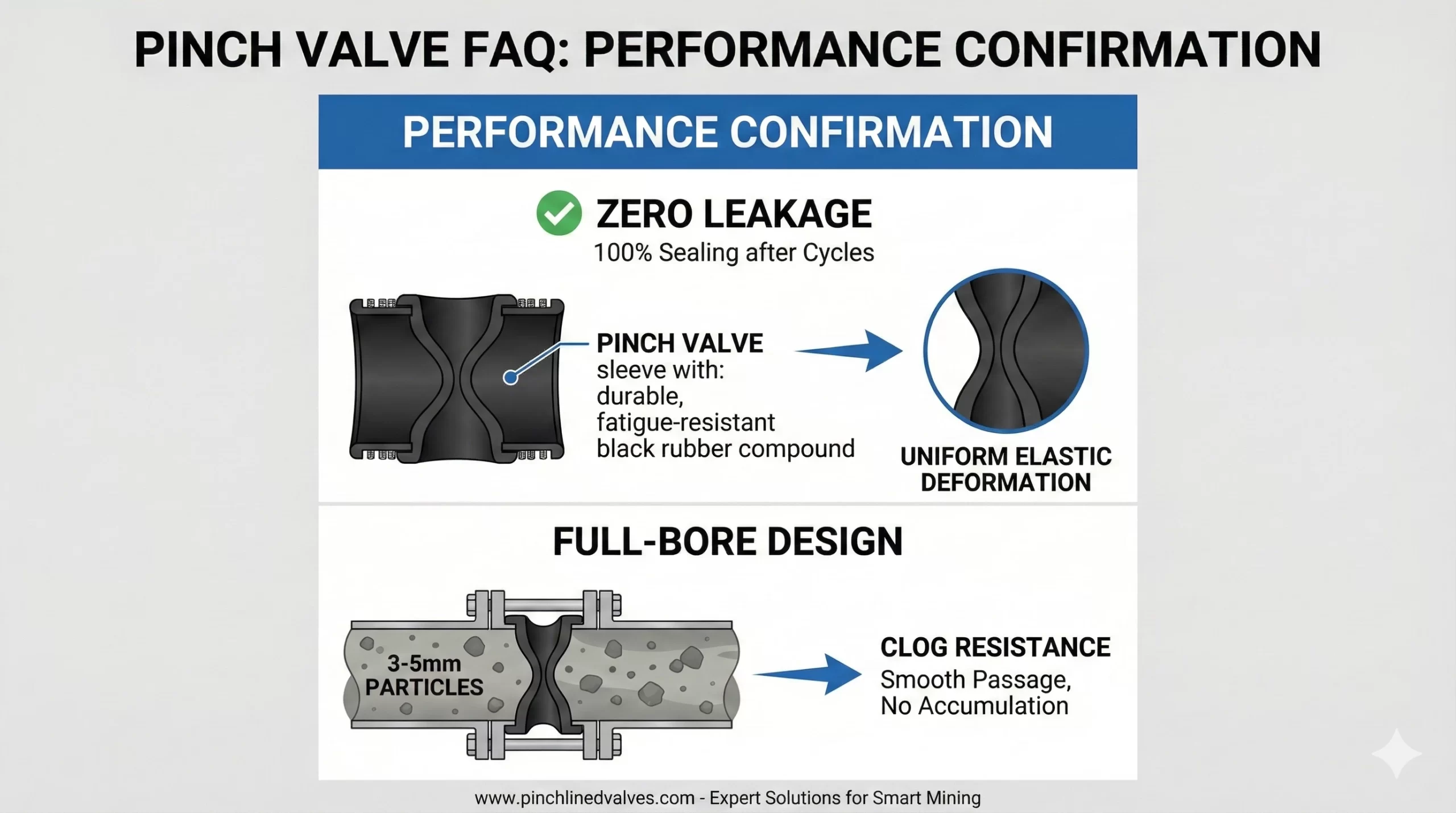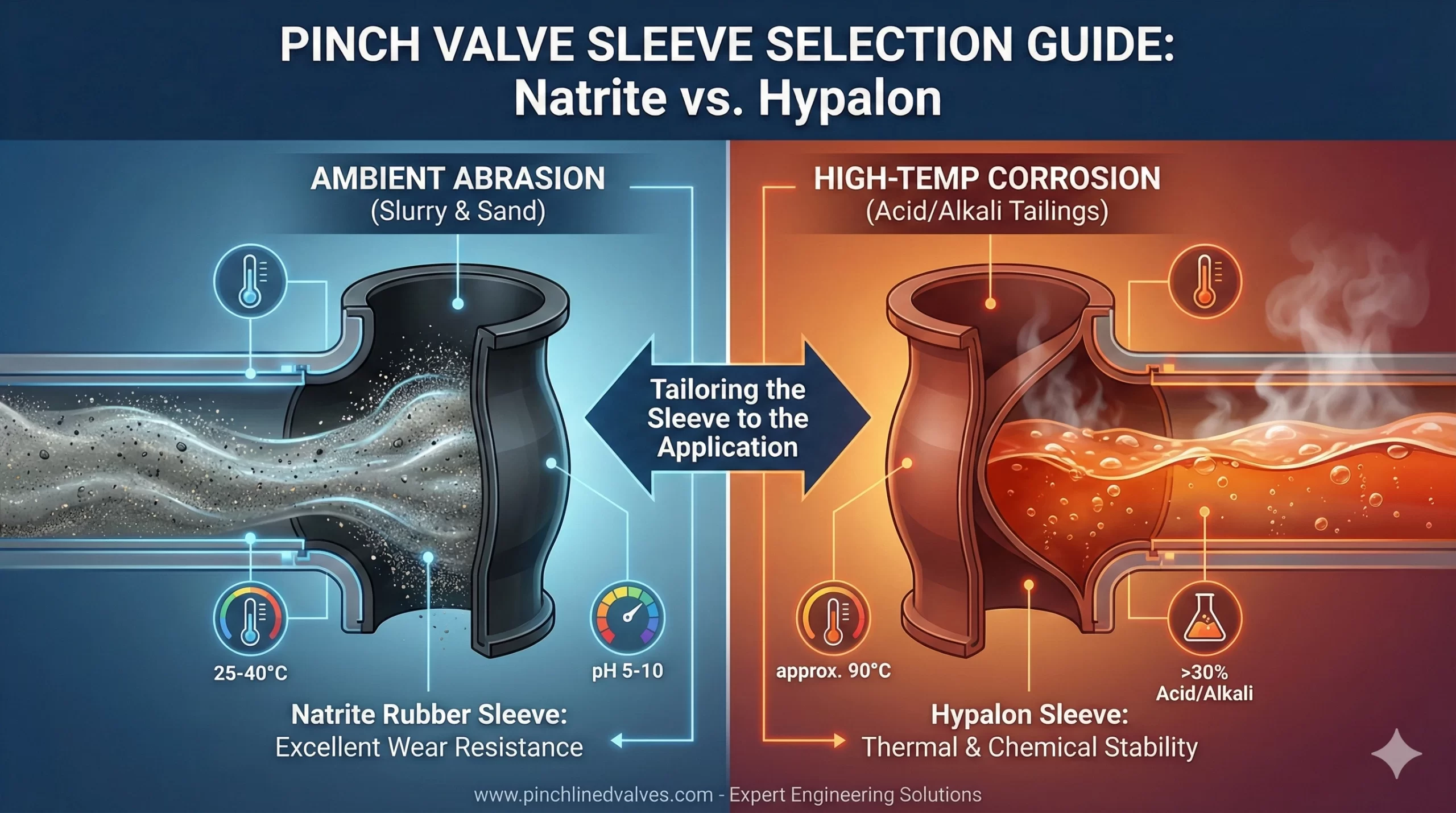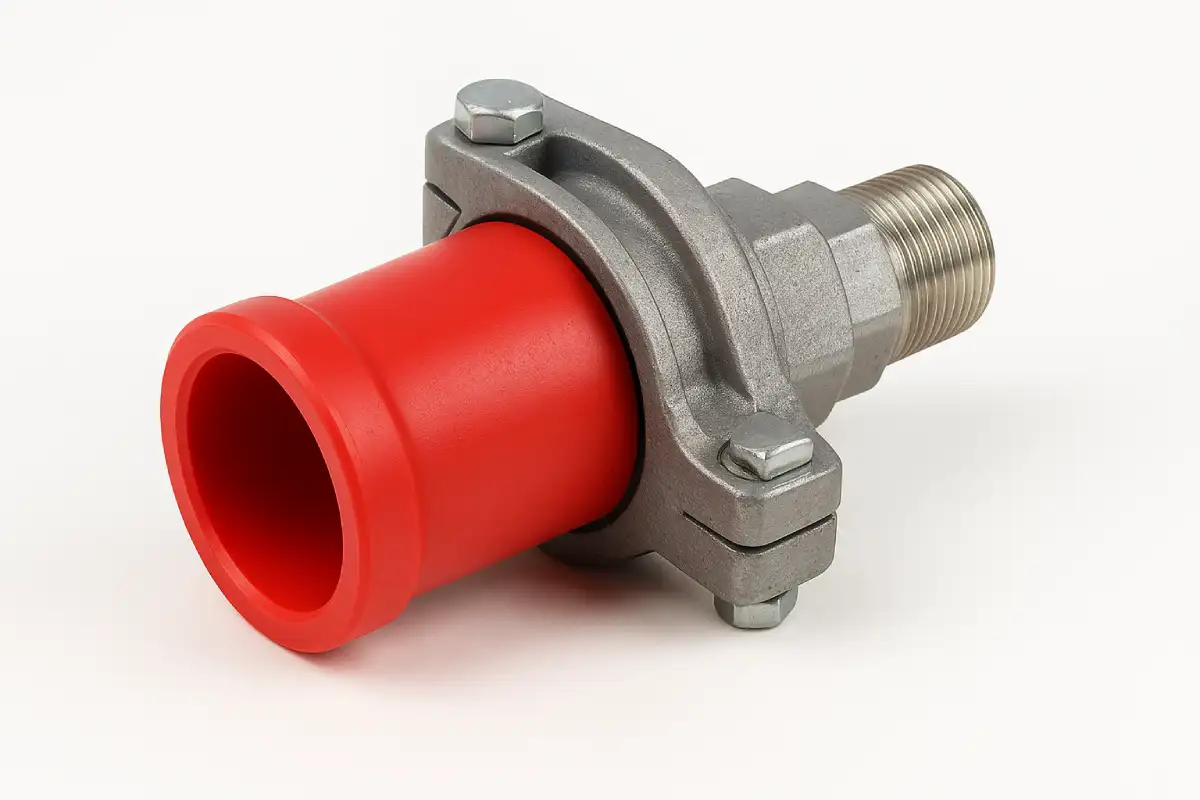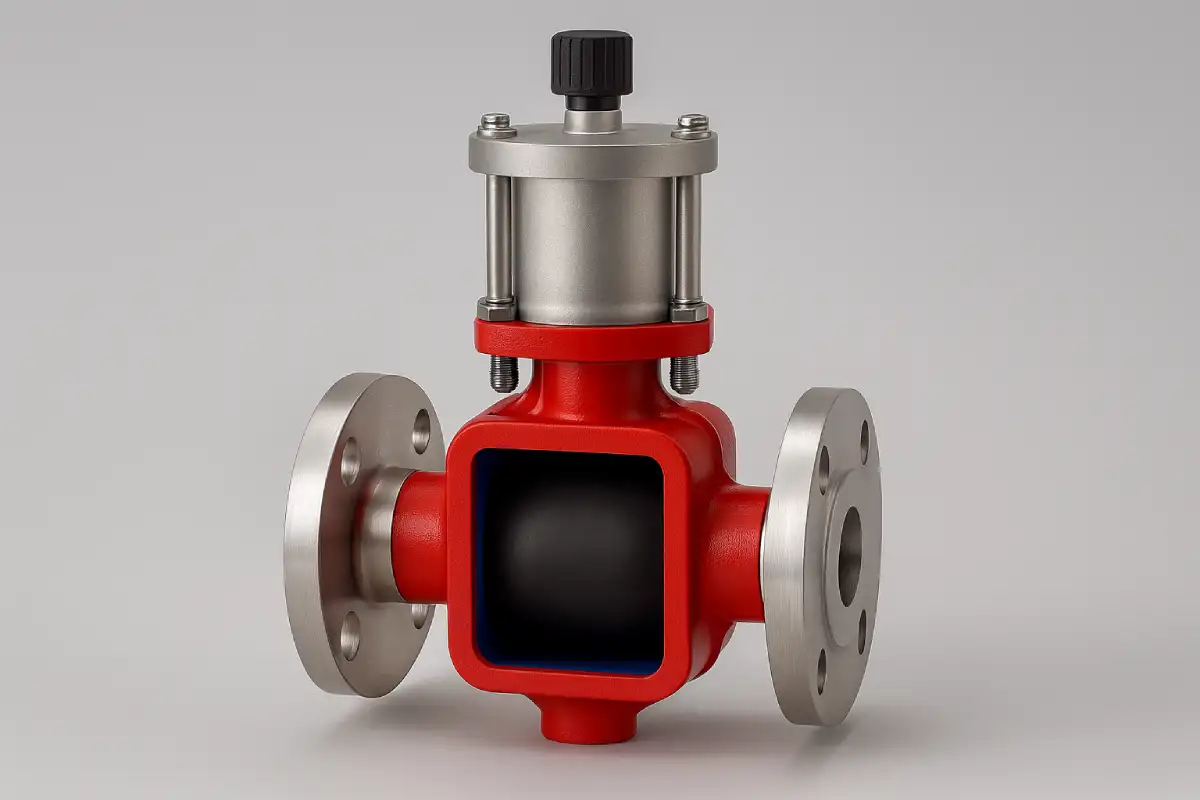

When you’re selecting gate valves for tough, corrosive environments, the choice matters—especially when comparing a fluorine lined gate valve to a standard globe valve.
One offers chemical resilience and durability; the other gives precision control and sealing. Let’s break it down clearly so you know which suits your system best and why.
A fluorine lined gate valve is built for chemical resistance.
They’re coated internally with materials like PTFE, FEP, or PFA, which protect the metal body from aggressive media. That makes them ideal for environments where acid, alkali, or other corrosive chemicals are flowing through the system.
Because the gate mechanism allows full bore flow when open, there’s minimal pressure loss, which is great for applications where fluid needs to move freely.
However, this valve type is strictly for on/off control—not throttling. If you try to regulate flow mid-way, you’ll wear out the sleeve and reduce service life fast.
You’ll often find these used in chemical processing, acid dosing, and wastewater treatment, where corrosion protection matters more than flow modulation.
Globe valves are all about flow control and sealing strength.
Unlike gate valves, the globe design moves the plug perpendicular to the flow, which creates more turbulence but offers precise regulation. That’s why globe valves are often found in steam lines, clean water systems, and process loops where flow rate matters just as much as flow direction.
The tradeoff is pressure loss—due to the Z-shaped path inside the body—and a higher torque requirement to operate, especially under full flow. But if you need tight shutoff and fine control, globe valves do that far better than gate valves.
They’re also mechanically simpler and often cost less upfront—but without a fluorine lining, they don’t belong anywhere near strong acids or solvents.
Don’t choose based on what’s available—choose based on what your system needs to do. If your priority is handling corrosive fluids without degrading your valve internals, a fluorine lined gate valve is the smart pick.
But if you’re dealing with a process flow that needs fine-tuning or frequent adjustments, a globe valve is the right tool.
If you’re unsure, the real difference boils down to isolation vs. control.
Here’s a comparison table for easy reference:
| Feature | Fluorine Lined Gate Valve | Globe Valve |
| Primary Function | On/off isolation | Flow regulation and shutoff |
| Corrosion Resistance | Excellent (PTFE/PFA/FEP lining) | Depends on base material |
| Media Compatibility | Strong acids, alkalis, solvents | Clean water, steam, mildly aggressive fluids |
| Pressure Drop | Very low when fully open | Moderate to high |
| Flow Control | Not designed for throttling | Excellent flow modulation |
| Sealing Performance | Good for isolation | Strong, tight shutoff |
| Cost | Higher due to lining | Moderate, simpler design |
Lianke specializes in both gate valves and globe valves—including fluorine-lined models that are engineered to perform in aggressive industrial environments. If you’re not sure what fits your application, we’re happy to help.Visit our website to learn more about us and our products, or contact us today for a free quote.

Question 3:Performance Confirmation:Your documentation mentions “zero leakage” and “clog resistance.” We would like to confirm: After long-term operation, will repeated compression cycles cause sleeve fatigue leading to sealing failure? Is the full-bore design truly effective for slurries with larger particles (e.g., 3-5mm)? Answer 3:Confirmation of “Zero Leakage” and “Clog Resistance” Performance (1)Zero Leakage Reliability: Our […]

Material Selection:We are dealing with different working conditions: (1)Question1: Condition A: Ambient temperature (approx. 25-40°C) slurry containing fine sand, where wear resistance is the primary consideration, with weakly corrosive media (pH 5-10). Answer1:(ambient temperature, fine sand, low concentration corrosion, high wear resistance): Preferred recommendation: Natrite Rubber sleeve. Reason: The core advantage of Natrite Rubber lies in its […]

A pinch valve adapter connects a pneumatic pinch valve or manual valve to pipes, tubes, or other parts of a system. With this connector, the valve can manage liquid or gas flow without leaks or strain. It also lets the valve fit in tight or unusual setups. This reduces operational risks and improves overall performance. […]

Yes, they are. Hygienic pinch valves are specially designed to keep things clean and safe, which is why they’re so common in food, pharmaceutical, and biotech environments. Their smooth interior and dead-zone-free design make cleaning quick and reliable. And if the term is new to you, don’t worry, this article will walk you through what […]



